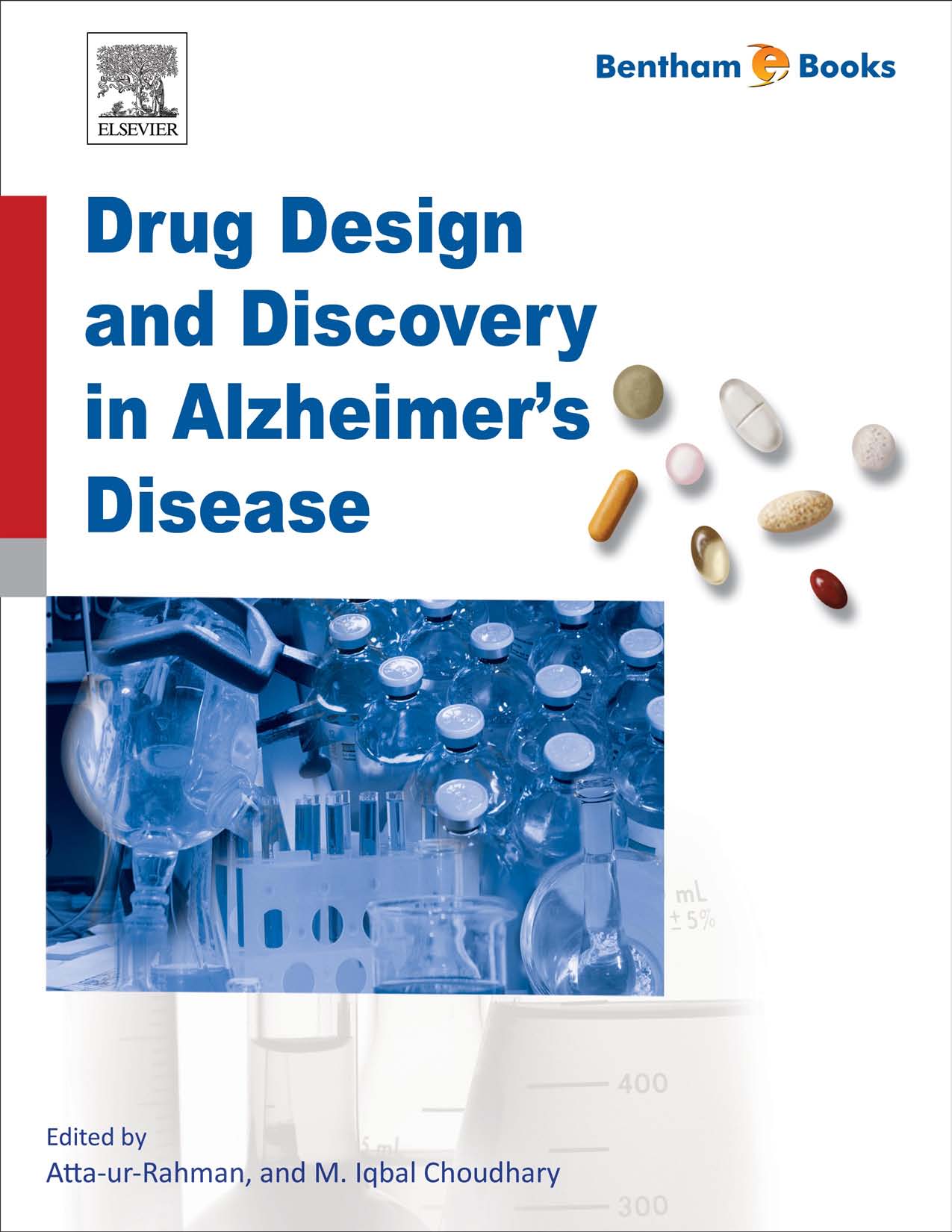Alzheimer’s disease (AD) is one of the most common neurological disorders,
affecting a large portion of the human population in both the developed and the
developing world. The demographic changes in the next few decades are likely to
increase the prevalence of AD to epidemic proportions. Unfortunately, despite
major advances in molecular and structural biology, neurochemistry, disease
genomics and cell physiology, the etiology of the disease is only marginally
understood. AD has been the focus of major research efforts, both in the
pharmaceutical industry and in academia. The literature is continuously enriched
by exciting discoveries on various aspects of AD and its prevention and treatment.
It is nearly impossible for any researcher to remain on top of the most recent
developments in this dynamic field without access to comprehensive reviews on
various aspects.
This volume of the book series “Frontiers in Drug Discovery and Development”
is focused on key developments in the understanding of the disease at molecular
levels, identification and validation of molecular targets, as well as innovative
approaches towards drug discovery, development and delivery. The volume
comprises 16 scholarly written review articles by leading researchers in the field,
covering a broad range of topics.
The review contributed by Korabecny et al sets the stage for the subsequent
chapters by detailing the main symptomatic strategies available for the treatment
of AD and for the improvement of quality of life of AD patients. This review
summarizes various classes of current and future therapies of AD.
Rashid and Ansari focus on the major challenges faced in the discovery and
development of anti-AD drugs. They provide examples of several blockbuster AD
drugs, obtained through various approaches. Revadigar and his team have
contributed a chapter reviewing the literature about the identification of various
enzymes involved in the on-set and progression of Alzheimer’s diseases. They
have included numerous examples of inhibitors of these enzymes which has either
already developed as drugs or are in various stages of drug development.
Aziz et al focus on the significance of small molecules, both natural and synthetic,
as possible drug candidates for the treatment of neurodegenerative diseases,
including AD.
The four review articles (chapters 5-8), contributed by Joubert et al, Grieg et al,
Saify and Sultana, and Alcolea-Palafox et al, specifically focus on the role of
cholinesterases in the on-set and progression of AD and their inhibition, which
has potential as an effective treatment. It is important to note that most of the
current therapies of AD are based on cholinesterase modulation and the field
remains active.
Beta-site APP clearing enzyme-1 (BACE-1) plays an important role in the
production of β-amyloid proteins, one of the key reasons of the progression of
AD. BACE-1 has been identified as the key target for the development of anti-AD
therapies. Klaver and Tesco, Decourt et al, and Henary et al have contributed
three excellent reviews (chapter 9-11) on the modulation of BACE-1 activity, as a
strategy towards new drug discovery and development. Along with the small
molecular inhibitors of BACE-1, the role of metal chelating agents has also been
reviewed.
Along with two key targets, cholinesterase and BACl-1, a number of other targets
have also been identified for drug discovery. Sandoval et al contributed a
comprehensive review on various chemical compounds which serve as agonist of
somatostatin subtype-4 receptor as a possible treatment regimen for AD.
Neprilysin, a key target in the etiology of AD, has been the focus of recent
research. Neprilysin catalyzes the degradation of amyloid beta peptides (Aβ),
which are neurotoxins and contribute in the pathophysiology of AD. Pope and
Cascio have reviewed the recent work on the inhibition of neprilysin and the
prospects of their development as treatment for AD.
GSK3β/β-catenin signaling has been identified as a possible contributor to the onset
and progressive degeneration of neuron in AD. GSK-3 controls proteosomal
degradation of catenin, thus slowdown, the neurodegeneration. Zeidán-Chuliá and
Moreira have critically analyzed its validity as a target for anti-AD drug
discovery.
Seneci covers the important aspects of AD treatment and inhibition of
phosphorylation of tau-proteins, collectively called taupathy. The focus has been
to understand the expression of such proteins at the genetic level and to identify
the structural characteristics which makes them aggregatory in nature. Another
aim is to use small molecules as effective inhibitors of these processes.
Last but not least, the article contributed by Ahmed et al comprehensively reviews
the applications of nanotechnology in the development of effective drug delivery
vehicles for AD drugs. Nanomedicines can serve as novel carrier of cholinesterase
inhibitors effectively crossing the anatomical and biochemical barriers.
We wish to express our profound thanks to all the contributors of reviews in this
volume for their hard, and scholarly work and critical commentary. We are
confident that their scholarly contributions will make this volume of great interest
to many researches. We are also grateful to Mr. Mahmood Alam (Director
Publication) and Ms. Sara Yaser (Manager Publications) of Bentham Science
Publishers for their excellent management skills and secretarial support.
Atta-ur-Rahman, FRS
Honorary Life Fellow, Kings College
University of Cambridge
UK
M. Iqbal Choudhary
H.E.J. Research Institute of Chemistry
International Center for Chemical and Biological Sciences
University of Karachi
Pakistan

